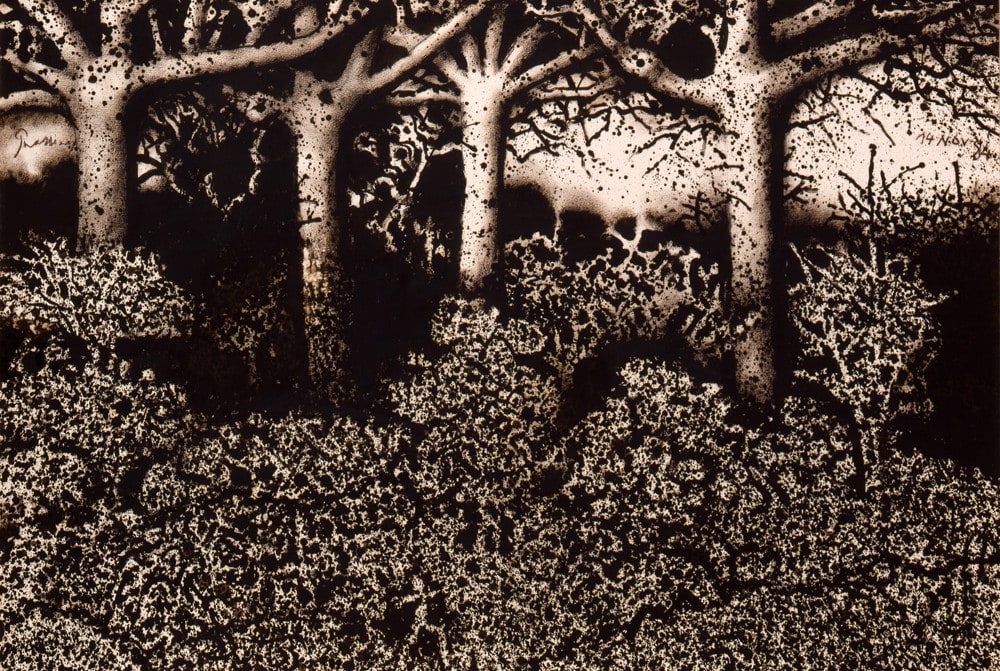Director: Jocelyne Saab
Cast: Jacques Weber, Hala Bassam, Juliet Berto
Lebanon, France, Canada, Argentina, 90’, 1985, color
Arabic, French with Turkish subtitles
The first film shot in post-war Lebanon, A Suspended Life is set in Beirut ten years into the conflict. Hala, a child of the war, finds relief from the chaos around her through Egyptian movies she watches on television. Karim, an artist in retreat from life, remains in his apartment in war-torn West Beirut, confident that he is safe in his familiar neighbourhood. An unlikely bond is formed between the two as they face the devastating civil war. A tale of poetic truth, A Suspended Life examines the ways in which war brings people together as well as tearing them apart. "I've invented places," writes director Jocelyne Saab, "as if by making a work of fiction about them, I could preserve them."

Pera Museum Blog is launching a new series of creepy stories in collaboration with Turkey’s Fantasy and Science Fiction Arts Association (FABISAD). The Association’s member writers are presenting newly commissioned short horror stories inspired by the artworks of Mario Prassinos as part of the Museum’s In Pursuit of an Artist: Istanbul-Paris-Istanbul exhibition. The third story is by Murat Başekim! The stories will be published online throughout the exhibition. Stay tuned!
Tuesday - Saturday 10:00 - 19:00
Friday 10:00 - 22:00
Sunday 12:00 - 18:00
The museum is closed on Mondays.
On Wednesdays, the students can
visit the museum free of admission.
Full ticket: 300 TL
Discounted: 150 TL
Groups: 200 TL (minimum 10 people)